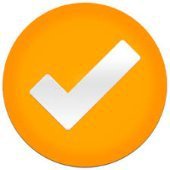Computer Will Not Start
-
Similar Content
-
Why does my computer blue screen everytime on start up
By Guest Mikko Flaminiano,
- 0 replies
- 28 views
-
- 2 replies
- 1012 views
-
- 1 reply
- 163 views
-
Problem regarding to start my desktop computer...
By Guest ahnaf firas,
- 0 replies
- 18 views
-
Computer not working
By Guest Gurman Chandi,
- 0 replies
- 26 views
-




Recommended Posts